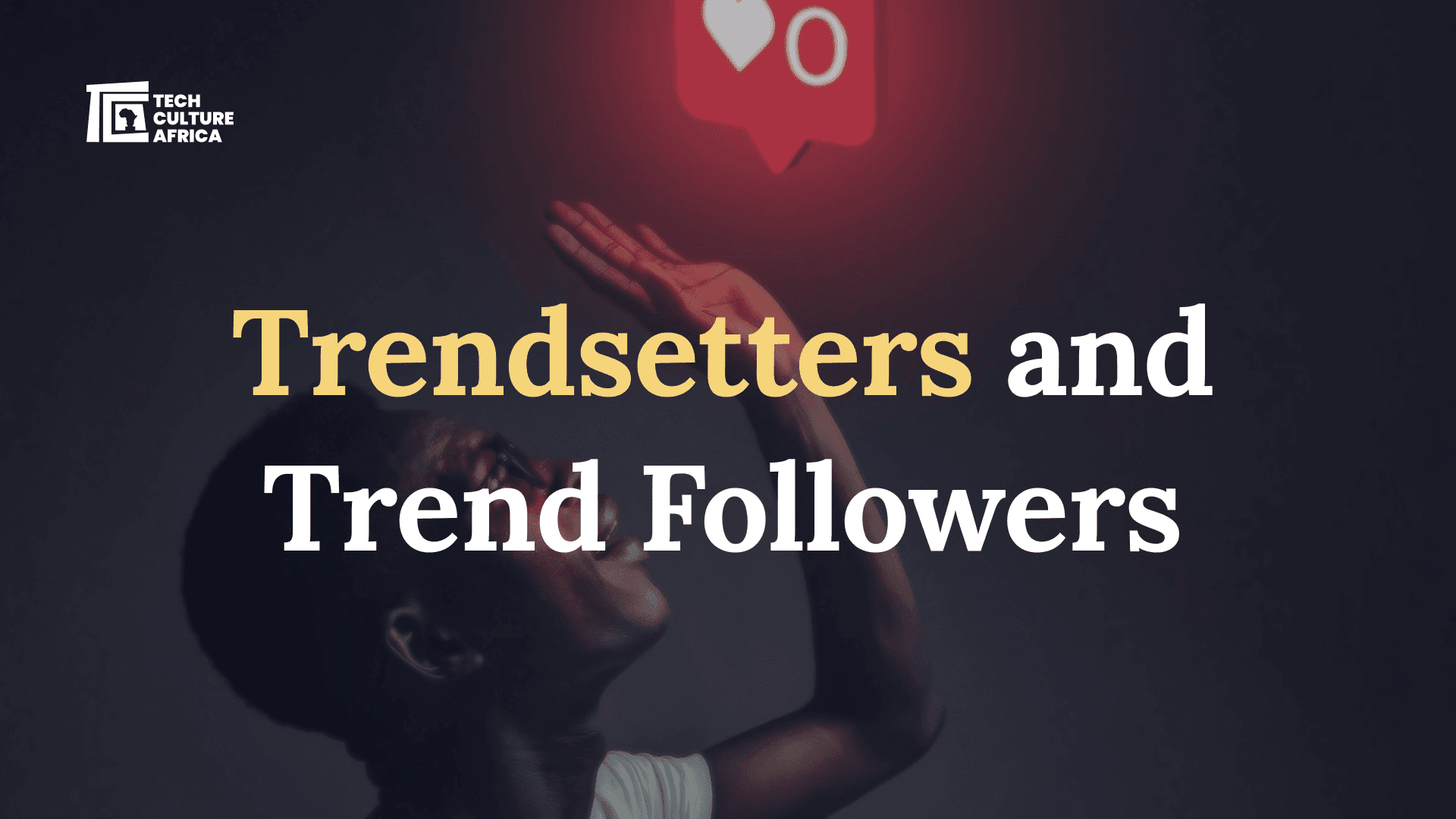Not too long ago, staying in touch meant meeting at the local shop, chatting after school, or topping up airtime to send a quick text. Conversations were mostly face-to-face, through handwritten letters, or long phone calls if you were lucky to access a phone. For many African youth, communication was personal, limited by geography, and sometimes even cost.
But with the rise of social media platforms like WhatsApp, Facebook Messenger, and Twitter/X, everything has changed. Now, a quick emoji, meme, or voice note can say more than a paragraph. Communication is instant, visual, and borderless.
Impacts
Rise of Digital Dialects as Cultural Identity Markers
Social media is fast-paced, casual, and constantly evolving. As such, it makes sense that the language used there follows suit. As a way of adapting, African youth are crafting new dialects that reflect both speed and identity.
Hybrid languages like Sheng in Kenya or Pidgin English in Nigeria thrive online because they’re efficient, expressive, and hyper-local. A phrase like “Leo niko broke mbaya, but siku moja form itajipa?” (I’m super broke today, but one day it’ll work out.) isn’t just humorous, it packs emotion, social commentary, and cultural context into one quick tweet.
Similarly, in Nigeria, snappy phrases like “I dey manage” (I’m surviving) or “E choke!” (It’s overwhelming/shocking) capture complex feelings in just a few syllables. These digital dialects thrive because social media rewards speed, creativity, and cultural nuance. In the rush of posts and updates, digital dialects feel real, immediate, and deeply theirs..
Use of Memes, Emojis, and GIFs as Cultural Commentary
Among African youth, memes, emojis, and GIFs have become essential tools for expressing emotion, humor, and shared experiences online. In a digital space where communication is quick and casual, these visuals offer a powerful way to say more with less.
Memes capture collective moments, turning stress, politics, or everyday life into something relatable and funny. Emojis, meanwhile, add emotional nuance to texts and posts, helping to bridge the gap where words might fall short.
GIFs bring in another layer. A perfectly timed reaction GIF can express sarcasm, surprise, joy, or disapproval in a way that feels immediate and widely relatable.
Together, these visual tools form a rich and informal communication system that resonates deeply with African youth.
Decline in Offline Social Skills and Emotional Expression
While social media has had some beneficial impacts on African youth communication, it's also resulted in the loss of offline social skills. Most young people now prefer communicating through text, emojis, memes, or voice notes rather than face-to-face conversations that require tone, eye contact, and body language because that feels intimidating.










